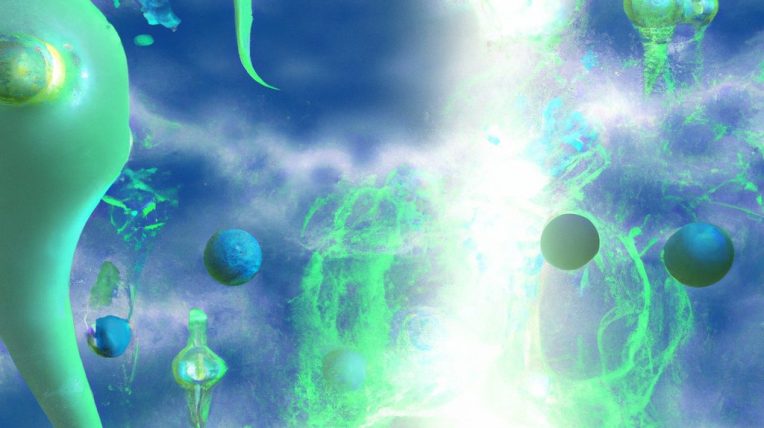Unraveling the Effect of Input Text Resolution on Image Generation
Understanding the concept of how the resolution of input text affects the quality of generated images can be as easy as pie or as complex as piecing together the finest intricacies of cubist art, depending on the level of your current knowledge. But let’s unravel this subject, layer by layer, so that both newbies and advanced learners can find some value in this discussion.
Analogizing Input Text Resolution
First off, picture this – your morning cappuccino artistically seasoned with an intricate fern leaf design made from cocoa powder sprinkled over the frothy top. Now imagine trying to reproduce this image with large, coarse grains of sugar. Pretty tough, right? This is the basic principle behind the effects of the resolution of input text on generated images. How clear, detailed and precise your end result will be (your ‘generated image’), depends largely on the quality of your initial data (your ‘input text’).
Defining Input Text Resolution
Input text resolution refers to the clarity and detail included in your description or data points from which the generated image will be made. Think about it like turning up the volume on your favorite jam – getting every note, every lyric, every beat clearer and more precise. High-resolution input text gives access to finer details and a clearer depiction of the end product.
Role of Other Factors in Image Generation
Now, chances are, you are picturing everything from a few shades of grey blobs to a colorful Mona Lisa, just by adjusting your input resolution. But wait a sec! That’s not all there is to it! When it comes to generating images, other factors like the complexity of the algorithm, the computing power, and the data handling capacity are also in play.
Quality Input and Its Impact on AI
For AI, gleaning information from the high-resolution text is like listening to a symphony orchestra, where each instrument contributes to the overall melody. With the perfect mix of precision, detail, and comprehensive data, it can produce images that are closer to reality, with better clarity and detail. Meanwhile, low resolution text may just yield a chorus of vague, blurry images that even Picasso would scratch his head at.
The High Stakes of Image Generation
This might sound a tad dramatic, but the stakes are pretty high here. Poor image generation can result in lost opportunities, miscommunications, and faulty prognoses across medical, meteorological, and countless other fields.
The Power of Quality Input
To wrap it up neatly with a nice bow on top: quality input equals quality output. Your AI model can only be as good as the data you feed it. So, the next time you’re thinking about generating an image via AI, pause first, take a moment to really ‘polish’ your input text. Make it a cappuccino with fine cocoa powder, and not coarse sugar granules.
The Bottom Line
Remember, the richness of your input text resolution defines the quality of your generated images. After all, you wouldn’t expect Leonardo Da Vinci’s masterpiece from stick figure sketches, would you?
Wrapping up the Symphony of Inputs and Outputs
And there you have it! It’s not rocket science, but a symphony of the right tools, precision, and of course, high-resolution input text.















